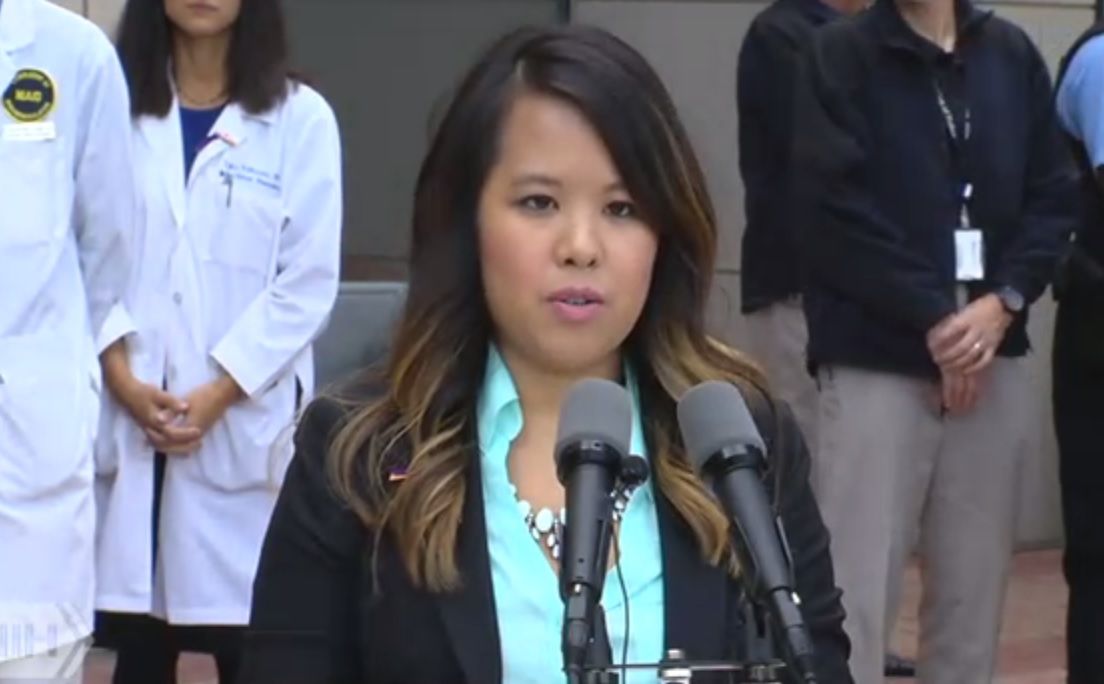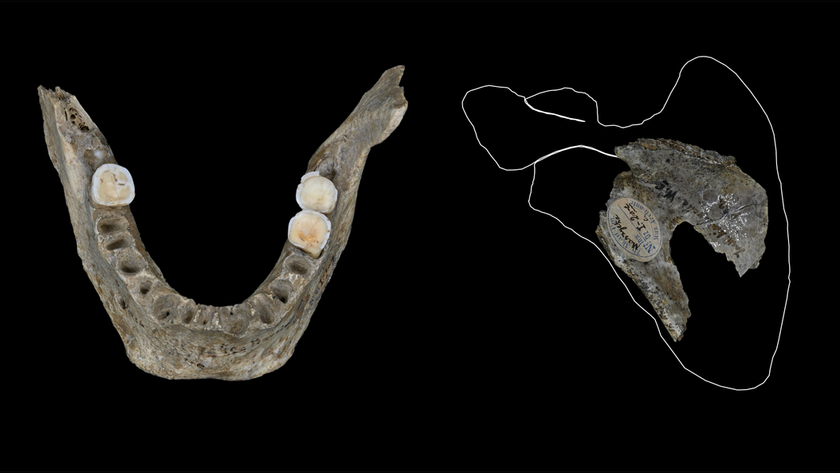What Are the Long-Term Effects of Ebola?

Texas nurse Nina Pham, who was infected with Ebola, says she has had ongoing health problems since being cured of the disease, and experts say this is not uncommon for Ebola survivors.
Pham said this week that she has experienced hair loss, body aches and insomnia in the months following her Ebola infection last fall, according to The Dallas Morning News. She was diagnosed with the disease in mid-October, after treating a patient from Liberia who had Ebola. Pham was declared Ebola-free a few weeks later.
The long-term effects of Ebola have not been well studied, and doctors will likely learn a lot more about the disease's aftermath from the most recent outbreak in West Africa, the largest in history, said Dr. Jesse Goodman, an infectious-disease expert and a professor of medicine at Georgetown University Medical Center in Washington, D.C.
But it is clear that Ebola survivors can experience health problems that remain with them temporarily as a result of their battle with the disease, Goodman said.
These effects — which include body and joint aches, and fatigue — are "the kind of side effects you might expect from any very serious infection," Goodman said.
These symptoms may result, in part, from the body's release of certain immune-system chemicals called cytokines. These chemicals fight the disease but make people feel sick. Dehydration, low blood pressure and nutrition problems that people experience during an Ebola infection can also injure a person's muscles or other tissues, Goodman said.
Muscles and nerves also could be directly injured by the virus and take time to recover, Goodman said. Ebola survivor Nancy Writebol has said that she experienced nerve pain after her infection.
Sign up for the Live Science daily newsletter now
Get the world’s most fascinating discoveries delivered straight to your inbox.
"It wouldn't be surprising, in a very severe infection that is spread all over the body, to have some long-term damage to sensitive tissues like nerves," Goodman said. [How Do People Survive Ebola?]
In addition, after a patient is cured, the virus may also persist in some parts of the body, including the eyes, and cause inflammation and vision problems, Goodman said.
After the 1995 Ebola outbreak in the Democratic Republic of the Congo, about 15 percent of survivors developed eye problems, such as eye pain and vision loss. In the most recent Ebola outbreak in West Africa, there have also been reports of survivors with vision problems, according to the World Health Organization. These eye problems typically respond well to treatment, but if left untreated, they can lead to blindness, Goodman said.
Although it can take months, most patients who have survived the disease do fully recover, Goodman said.
In the wake of the outbreak in West Africa, there are now many more Ebola survivors than before, and studies of these patients should give doctors a better idea of how often lingering side effects occur and whether other problems can also occur, Goodman said.
Part of the Ebola response effort should include educating people about the complications of Ebola and ensuring that patients have access to care to prevent consequences such as blindness, Goodman said.
Attention should also be paid to the social and economic hardships that Ebola survivors face, Goodman said. Several organizations are working to help Ebola survivors make the transition back into their communities, according to the Centers for Disease Control and Prevention.
Follow Rachael Rettner @RachaelRettner. Follow Live Science @livescience, Facebook & Google+. Original article on Live Science.

Rachael is a Live Science contributor, and was a former channel editor and senior writer for Live Science between 2010 and 2022. She has a master's degree in journalism from New York University's Science, Health and Environmental Reporting Program. She also holds a B.S. in molecular biology and an M.S. in biology from the University of California, San Diego. Her work has appeared in Scienceline, The Washington Post and Scientific American.

Is the moon still geologically active? Evidence says it's possible

Ancient Europeans ate the brains of their dead enemies 18,000 years ago, researchers discover

'I encountered the terror of never finding anything': The hollowness of AI art proves machines can never emulate genuine human intelligence